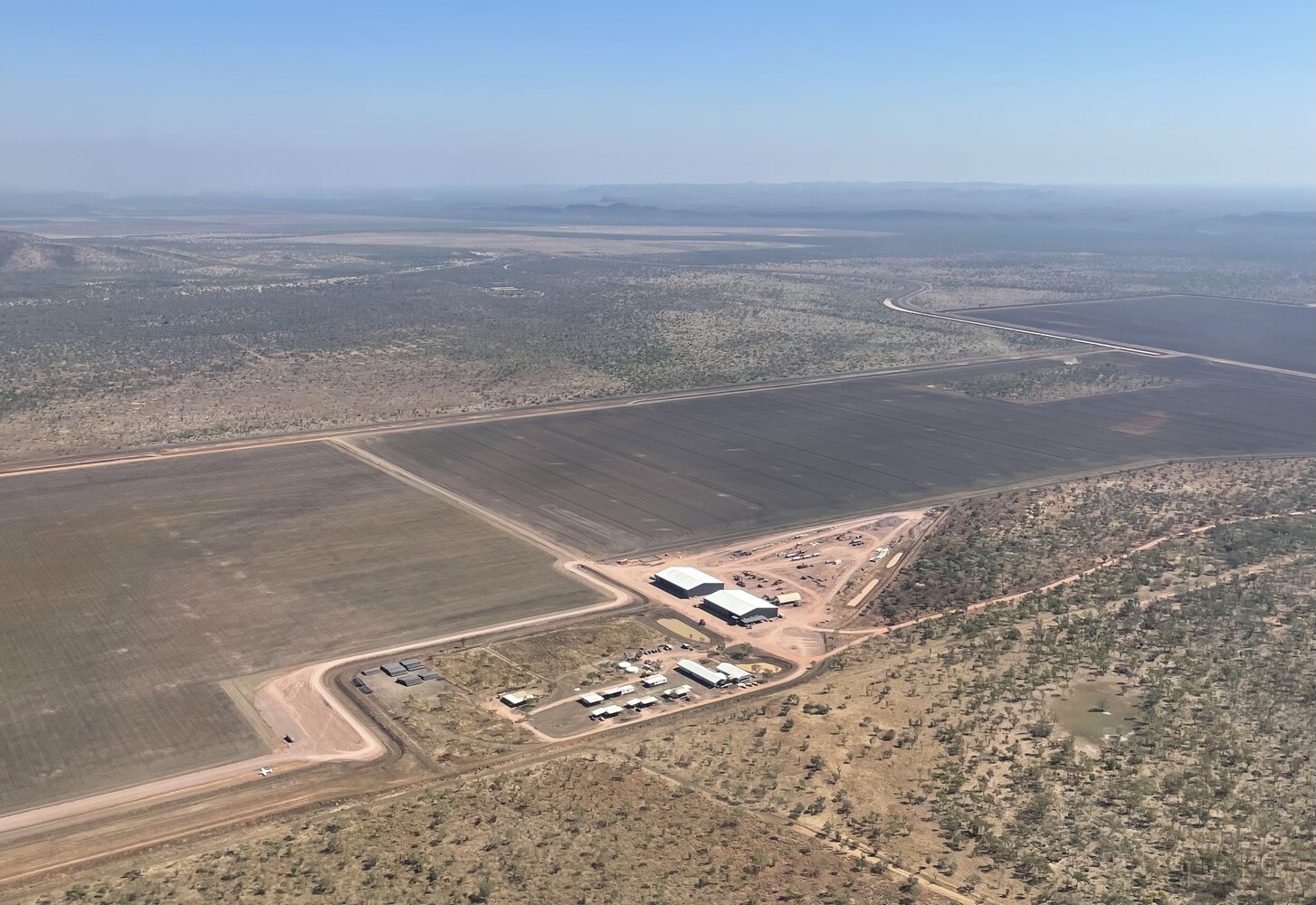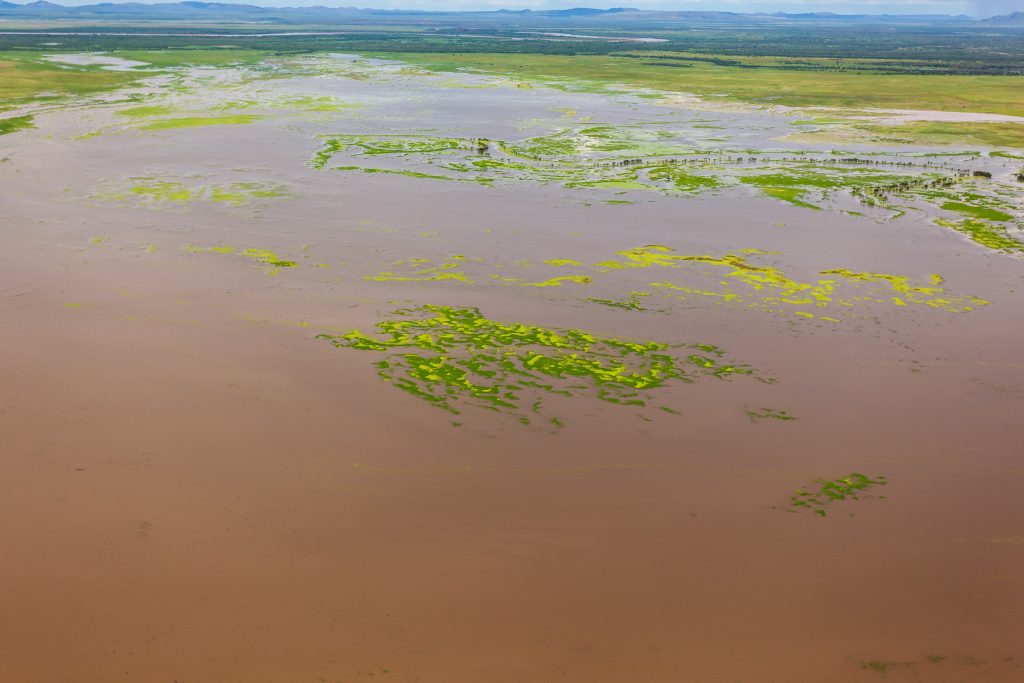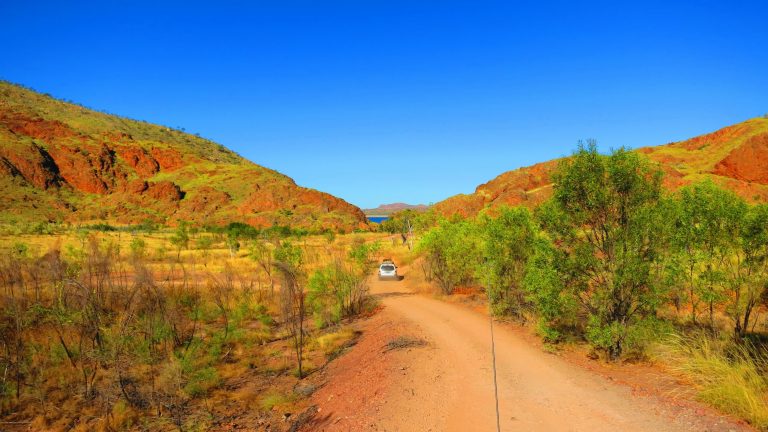Workforce, remoteness and First Nations leadership
In Part 1 of this two-part series, we explored two foundational enablers of northern Australia’s future growth – investment in reliable water infrastructure, and the decarbonisation of industry to support the green economy (Priorities 1 and 2). In this second instalment, Kanchana Karunaratna and James Holloway explore the people, places and partnerships that will be essential to unlocking potential of the region and building a more inclusive, sustainable and prosperous north.
Priority 3: Workforce challenges and regional liveability
A reliable and skilled workforce is essential to sustaining and expanding economic activity in northern Australia. Across regions such as the East Kimberley, persistent labour shortages, limited housing, access to childcare, and social infrastructure constraints are eroding productivity, constraining business viability, and hindering regional growth.

Remoteness can lead to labour shortages and social infrastructure constraints that hinder regional growth
The East Kimberley faces a persistent shortage of skilled and permanent full-time labour, both within key industries such as agriculture and in the essential services that support them – including mechanics, healthcare professionals, childcare providers, and educators. These shortages are driven not only by the region’s remoteness, but also by limitations in housing availability, community safety, and access to childcare and schooling – all of which reduce the region’s ability to attract and retain a stable workforce.
As part of our work in the Ord River Irrigation Area (ORIA), we have focused on identifying these constraints and developing practical, targeted solutions to help address them:
- Ord River Irrigation Area Industry Needs Assessment – DPIRD (2024) We identified workforce availability as a critical constraint to long-term agricultural prosperity. Interviews revealed that farmers face challenges finding skilled and permanent labour due to poor regional liveability and limited public services. These challenges are becoming more acute as the region transitions to cotton, a crop that demands a higher proportion of skilled, full-time roles. Addressing these barriers is essential for attracting investment and supporting the financial sustainability of existing businesses.
- Ord River Irrigation Area On-Farm Water Use Efficiency Assessment – DPIRD (2025) This analysis explored the economic case for adopting labour-saving irrigation systems in the ORIA. In the context of growing workforce shortages, transitioning to more automated systems offer a practical way to reduce labour requirements while also improving water efficiency. This illustrates how innovation can help address structural labour constraints and support the region’s continued agricultural expansion.
Priority 4: Planning for remoteness and regional climate risk
Northern Australia’s geography and climate present persistent challenges that shape infrastructure delivery, economic planning, and industry operations. The region’s isolation creates higher costs and longer lead times for essential services, materials, and labour. Additionally, intense seasonal rainfall, cyclone activity, and flood risks – especially in the Kimberley – regularly disrupt transport and logistics networks, damage infrastructure, and reduce the reliability of access to markets, services, and inputs.
In the Ord River Irrigation Area (ORIA), for example, wet season flooding can isolate the region for extended periods, while also damaging unsealed roads, bridges, and other critical assets. This compounds costs for agricultural producers and increases uncertainty for investors.

Planning for future development in the north must directly account for these realities. Infrastructure must be designed for resilience – not only to endure extreme weather conditions, but also to maintain continuity of operations across wet and dry seasons. Similarly, economic and investment planning must be realistic about timeframes, delivery and operational risks, and the cost premiums of remote delivery.
Our recent work highlights these challenges and outlines pathways for adaptation:
- Ord River Irrigation Area Industry Needs Assessment – DPIRD (2024) This study highlighted how remoteness and climate variability create logistical and supply chain challenges in the Kimberley – including flood-prone transport routes and delays in sourcing essential inputs. These factors limit the scalability and reliability of agricultural operations. Addressing these issues requires targeted investment in resilient infrastructure and better use of regional port facilities to strengthen market access, improve input supply chains, and reduce the disadvantage of distance from major Australian cities.
- ORIA Water Use Efficiency Assessment – DPIRD (2025) In assessing the economic viability of labour- and water-saving irrigation technologies, our analysis highlighted the importance of tailoring solutions to the specific environmental and logistical context of northern Australia. In regions like the ORIA, the wet-dry climate, remoteness, and limited access to services and materials affect both cost and practicality. The work reinforced that technology recommendations must be adapted to local conditions to respond effectively to structural workforce challenges and support agricultural productivity over the long term.
Priority 5: Supporting First Nations empowerment and leadership
Traditional Owners are central to the future of northern Australia’s development. Across our work, we have partnered with Aboriginal corporations, Native Title holders, and government stakeholders to support Traditional Owner leadership in land access, water rights, and regional planning. Our focus has been on ensuring First Nations groups have a seat at the table in shaping development that affects their land, culture and long-term economic prosperity.
- Ord River Irrigation Area Expansion – Preliminary and Detailed Business Cases – NT Government (2023-present) We worked alongside Traditional Owner groups to ensure Aboriginal voices were embedded in early planning for cross-border irrigation infrastructure. This included engagement on cultural heritage, future land use aspirations, governance structures, and benefit-sharing options to support First Nations participation in agricultural development.
- Palyku Joint Aboriginal Corporation – Advice on Land Access Agreement (2023-24) We supported PJAC in negotiations with mining companies in the Pilbara to revise their existing Land Access Agreement. This included advice on royalty structures, commercial terms, and considerations related to mining companies’ decarbonisation initiatives within Palyku territory — enabling PJAC to secure stronger long-term benefits for their community.
These projects reflect our commitment to supporting inclusive and sustainable development in northern Australia by ensuring Traditional Owners are empowered to lead, benefit from, and shape the future of their lands and communities.
Shaping northern Australia’s future wisely
Realising the full potential of northern Australia demands coordinated planning that reflects the region’s unique challenges, opportunities, and communities. Our work at Marsden Jacob demonstrates how integrated economic, environmental, and social solutions can lay the foundation for inclusive, resilient growth across the north. We look forward to continuing to support governments, industry, and Traditional Owners to unlock this potential through practical, forward-focused solutions that drive lasting regional impact.
Contact Kanchana Karunaratna, James Holloway , Grant Draper, Alexander Marsden, Kate Riddell or Ram Chandrasekaran to learn more: https://www.marsdenjacob.com.au/people/


